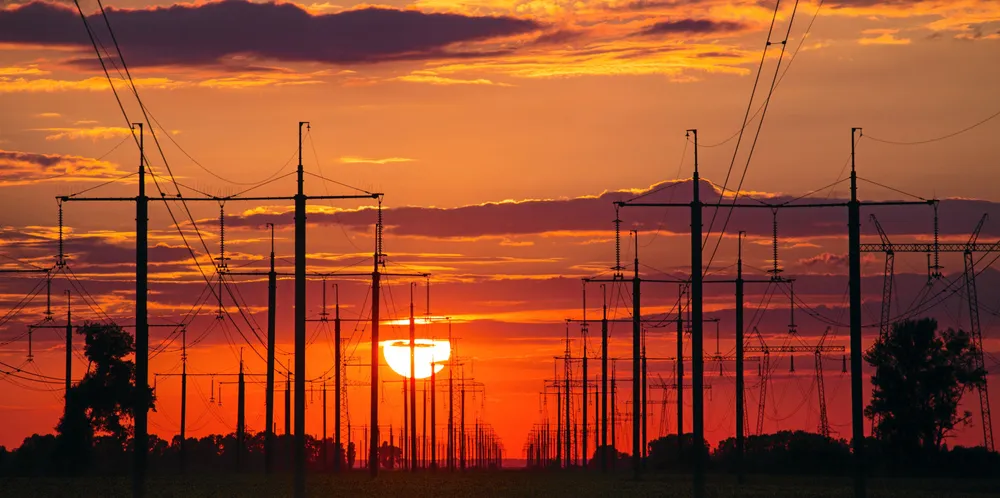2.4 terawatts: America's ballooning grid connection queue is massive green challenge
About 95% of total capacity in queues at year-end 2023 was solar, wind, standalone and hybrid storage, according to a federal agency

Led by renewable generation and battery storage, cumulative requests by US projects seeking grid interconnection ballooned 29% in 2023 to 2.36TW, highlighting a key energy transition challenge the country faces, according to the Federal Energy Regulatory Commission (FERC).
About 95% of total capacity in interconnection queues at yearend was comprised of solar, (1.08TW), onshore wind (246GW), offshore wind (120GW), standalone storage (503GW), and hybrid storage (299GW).
The 1.45TW of solar and wind in the queues easily exceeds the 1.27TW of US installed generation capacity at the end of 2023, notes FERC.
The data is from queues across the seven independent system operators and major electric utilities in other regions including the southeast and west outside of California.
While historically a majority of projects in the queues subsequently don't get built, data from these queues are indicative of mid-term trends in market, developer, and investor interest.
FERC, based in Washington, DC, is an agency little known to average Americans whose brief includes regulation of interstate electric transmission and bulk sale of electricity. Congress created FERC in 1977 and despite being part of the Department of Energy, it is an independent agency.
FERC has been under pressure from the White House and clean energy lobby groups to adopt rulemaking on transmission development and other market issues that support President Joe Biden’s ambitious climate agenda.
In a release, FERC said Chairman Willie Phillips’ top priority this year is “improving the difficult process of planning, siting, and paying for interstate electric transmission lines.”
It added, “Nowhere is the need for action on these issues more evident than in the continued growth in the number of active interconnection requests.”
There were 11,841 active requests from generators seeking to interconnect, a 16% increase from 10,247 at the end of 2022, which in turn, was up 43% from 7,182 at yearend 2021.
In July last year, FERC issued a new rule (Order No. 2023) to reform procedures and agreements that transmission providers to use to integrate new generating facilities into the existing grid.
It aims to reduce queue backlogs, improve certainty in the interconnection processes, and ensure access to the transmission system for new technologies such as offshore wind. The rule took effect last 6 November and in response to industry requests for extension, FERC extended the compliance deadline to 3 April.
Biden’s climate aspirations hinge, in part, on aggressive grid decarbonisation by 2035. To do this will require multiple times the 262GW of clean power capacity in operation at the start of 2024.
While experts differ over how much, the best undeveloped solar and onshore wind resource in the country’s vast interior – many hundreds of gigawatts – presently lacks transmission access to markets.
In its release, FERC said Phillips expects the agency to act this spring to address the key issues of regional transmission planning and cost allocation.
“We need to take a longer-term, forward-looking approach to planning for essential transmission facilities and to allocate the costs of those facilities in a just and reasonable manner while enhancing the reliability and resilience of the grid,” he said.
(Copyright)